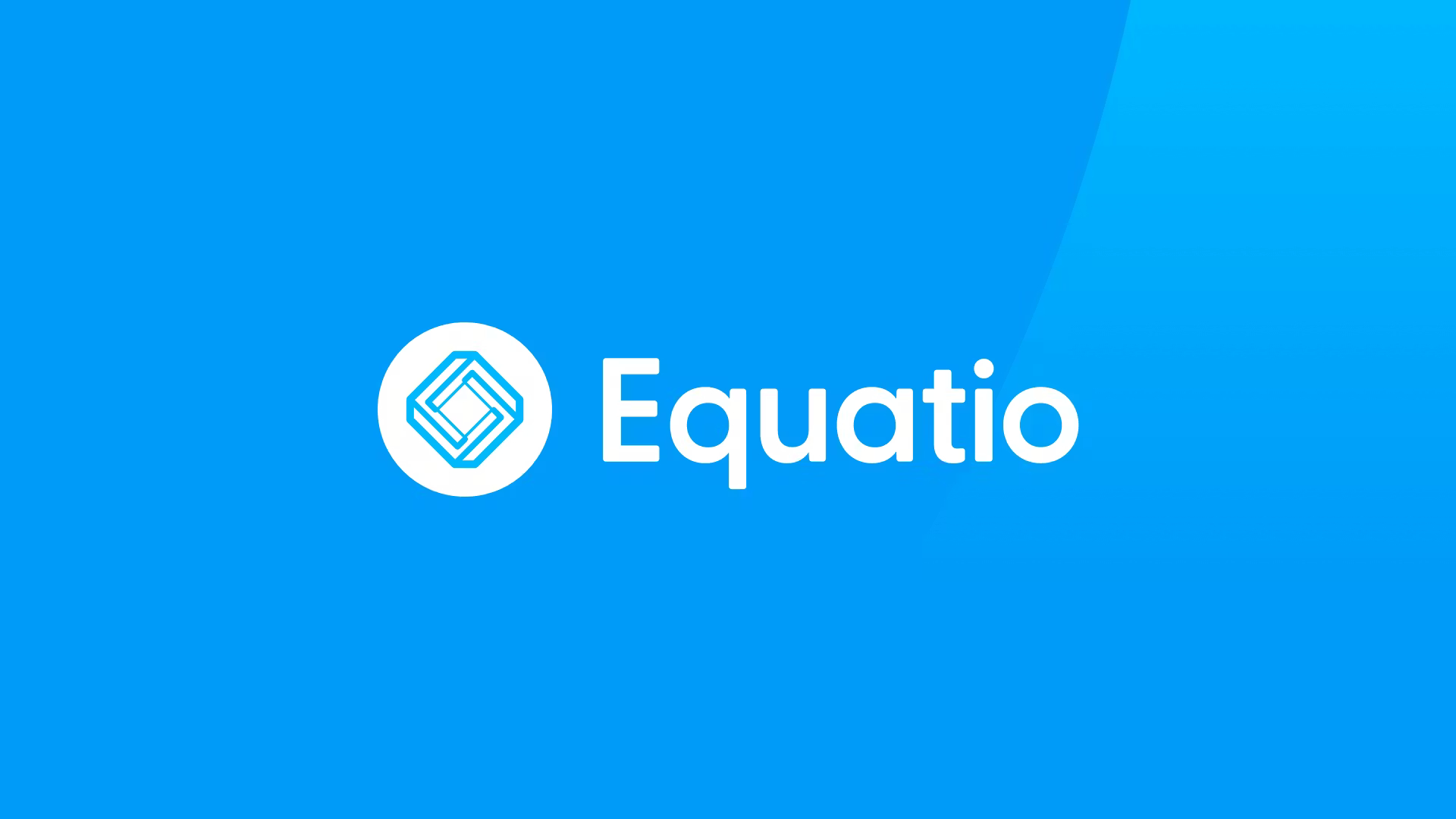4 Ways I Improved My AI Prompt Writing
Writing effective AI prompts is an increasingly important skill for educators and their students.

Writing effective AI prompts is becoming increasingly important in many fields, including education.
For those of us who teach, better AI prompt writing can help save time, allowing for more interactions with students. Equally as important, a better understanding of AI prompts can help us mentor students in how to effectively use AI, and give us a better sense of how students might use AI to cheat.
With both these goals firmly in mind, I’ve begun trying to better understand the AI prompt writing process and improve as a prompt writer. While I would not consider myself an expert (yet!), here are some of the simple strategies I’ve learned to write better AI prompts.
1. Writing AI Prompts: I Blame The Prompt, Not The AI Model
In my early experiments with AI, I tended to give up quickly. I’d put in a prompt, and if I wasn’t impressed with the AI’s output, I’d move on. "AI isn’t quite as good as people claim," I’d think.
That changed when I interviewed Graham Clay, an AI-in-education expert who writes the AutomatED newsletter. He advised me — and others — to start with an assumption that it’s your prompt that needs work.
Embracing that philosophy has led me to better understand AI prompt writing and improve my skills at it overall while also getting more effective outputs when I do experiment with AI.
2. I Use The CRE Framework
I recently wrote about taking a free course focused on using ChatGPT for education, developed in partnership between Common Sense Media and OpenAI.
Tools and ideas to transform education. Sign up below.
One of the of its key lessons was to use the CRE framework in which C stands for context, R stands for role, and E stands for expectations. Each prompt should include the context of the task you are asking an AI to perform, as well as the role you want it to play, and the expectations you have for the task. This often includes language such as: “Imagine you are a biology teacher in a high school that has the following demographics [insert demographics]. Write a 15-minute biology lesson plan.”
3. I See What Other Prompts People Use
As with many other aspects of teaching, there’s often no reason to reinvent the wheel. For instance, the aforementioned Common Sense Media course provides users with a library of AI prompts that they can then tweak to their own unique situations and needs.
I find using prompts developed and tested by others can help save time. For instance, the AI For Education website offers prompt libraries based upon common education needs ranging from fundraising prompts to ones built around Bloom’s Taxonomy.
Here’s a suggested prompt for creating a rubric that I found helpful: “You are an expert teacher and curriculum writer, skilled in creating assessments and evaluating student work. Your task is to create a rubric for my [GRADE LEVEL AND SUBJECT] class studying [TOPIC]. My students are completing [ASSIGNMENT TITLE], in which they [ASSIGNMENT DESCRIPTION]. Format the rubric as a chart and include a 5-point scale.”
4. I Experiment
The final part of the prompt writing process may be obvious to others but took me time to accept: If my prompt doesn’t work at first, I need to adjust it and tweak the inputs.
This process may involve asking the AI to provide more examples, or to try again while avoiding something I don’t want. This process might also mean searching for existing prompt templates I can use to get more effective outputs from an AI.
Embracing this iterative part of the process has helped me get more out of AI for specific tasks but also better understand the technology and its strengths, weaknesses, and limitations, and how I might share those with students. That remains my primary interest in AI prompt writing overall, and I’m glad to be getting more insight into the process.
Erik Ofgang is a Tech & Learning contributor. A journalist, author and educator, his work has appeared in The New York Times, the Washington Post, the Smithsonian, The Atlantic, and Associated Press. He currently teaches at Western Connecticut State University’s MFA program. While a staff writer at Connecticut Magazine he won a Society of Professional Journalism Award for his education reporting. He is interested in how humans learn and how technology can make that more effective.

